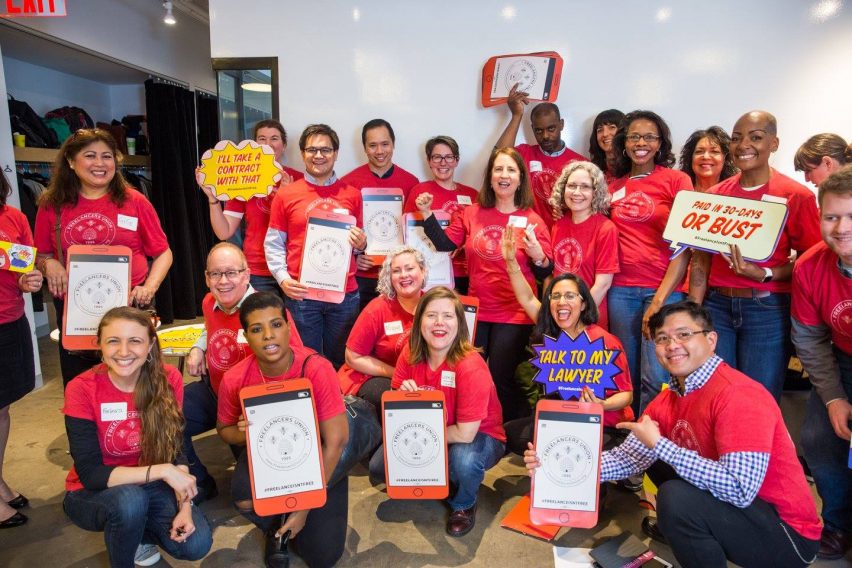Benefits
Where, when, and how work is done is changing. Advances in artificial intelligence, automation, and data processing continue to shift responsibilities from workers to digital systems, which directly impacts the role of organized labor. In the United States, the Bureau of Labor Statistics projected that “gig workers” will make up 43 percent of the workforce in 2020. In the U.S., an estimated 1 in 4 people are engaged in the gig economy in some way. In countries like the United Kingdom, France, and Australia, an increasing number of workers in the service industry gets their gigs through apps– a shift that is associated with stalled labor rights, insufficient social benefits, increased harassment, and unsustainably low wages. In India, roughly 81% of the workforce is in the informal sector.
As one response to this situation, we propose platform co-ops that are worker-controlled. Worker ownership associated with platform co-ops may grow worker wealth and equity but it does not always advance labor power. Skeptics argue that traditional worker co-ops are not scalable enough and that the majority of Employee Stock Ownership Plans (ESOPs) in the United States are not sufficiently democratic. That is why we need the support and infrastructure of unions to make this happen.
Antitrust activism is on the rise; many people are sick and tired of the unchecked powers of tech giants. American Senator Elizabeth Warren proposed breaking up tech giants like Amazon, Google, Apple, and Facebook, companies that have steamrolled their competition. At Deliveroo and Uber workers organized strikes, cutting through the romanticized narrative of the “sharing economy,” protesting low wages, harassment, and a lack of healthcare.
The old adage “The weekend: brought to you by the union movement” does no longer hold up in the on-demand economy
Organized labor needs a powerful new vehicle to organize workers into more fair on-demand work situations while also accelerating union growth. To counter alienation and other negative effects of the digital economy in new and imaginative ways, unions depend on an ecosystem of other kinds of worker movements such as the platform co-op movement. Traditional union models are struggling to organize workers that are increasingly reliant on gigs, platforms, and short term work. This is especially true for distributed workers who are not working in the same place. Platform co-ops offer a new way of uniting workers online, with clear rights and privileges as owner-members.
Union-coops like the Self-Employed Women’s Association in India, Lobster 207, the Cincinnati Union Co-op Initiative in the United States, and other union-coops inspired by the Knights of Labor, the Basque Mondragon Cooperative and progressive unions such as the United Steelworkers are making a statement on how unions can get involved.
Platform co-ops can carry the union-coop model into the digital economy
Imagine, for example, couriers for a cooperative food delivery service who organize through a union. They could collectively decide on their wages, benefits, and privacy policies of the platform and direct the very algorithms that affect their day-to-day work activities. Platform co-ops are not only about governance, ownership, and profit; they are also about workers controlling their own workplace.
Platform co-ops also allow unions to connect with younger generations of workers who are more fluent in making decisions online.
Labor and cooperative leaders understand that the platform co-op framework is a viable solution for organizing through online platforms while also providing economic and social benefits for workers.
Through shared platform ownership, democratic governance, and the organizing power of unions, workers can build fairer structures for the future of work.
Who Else Benefits from Platform Co-ops
Donate
Every dollar you donate will go towards helping us run the Platform Cooperativism Consortium
